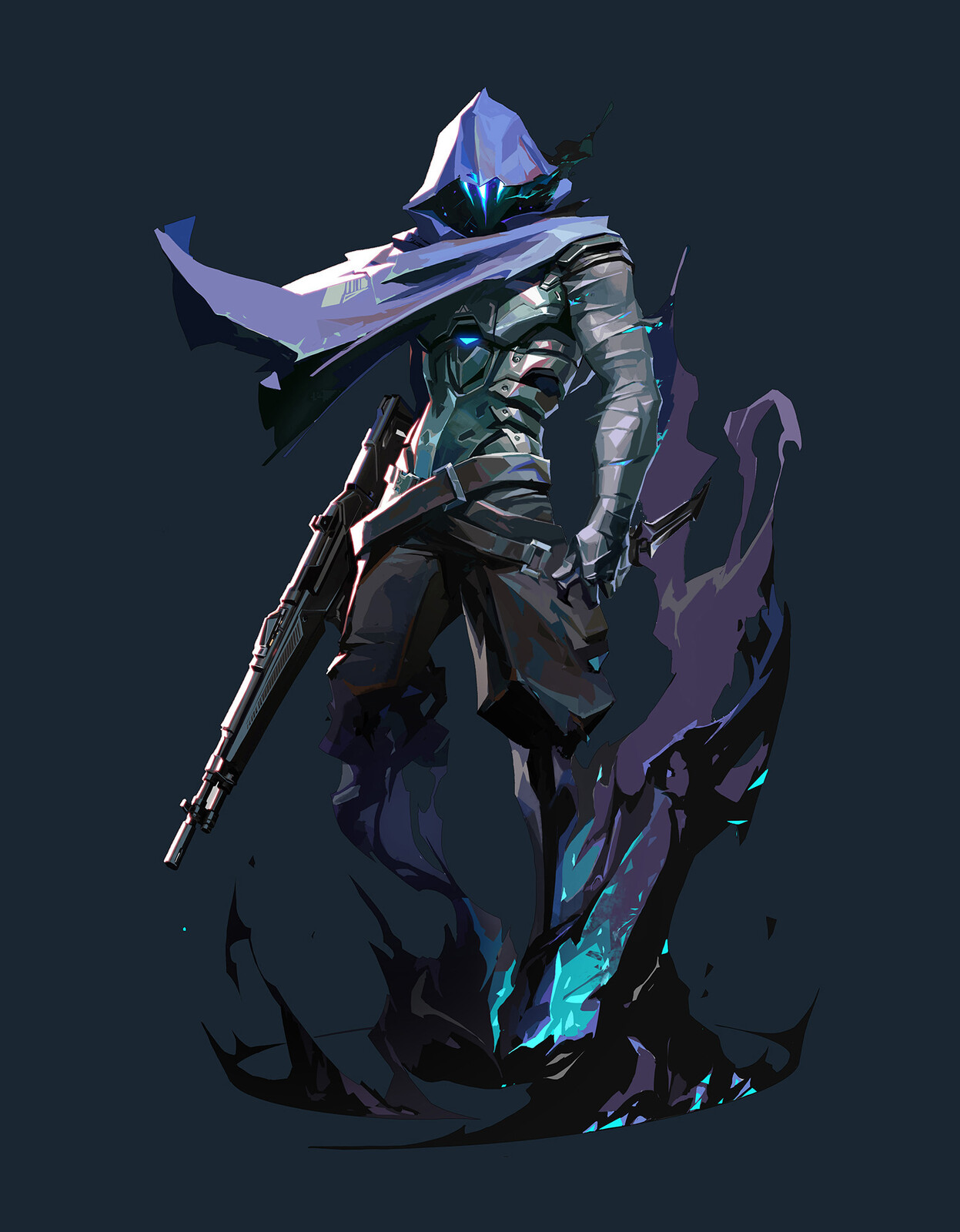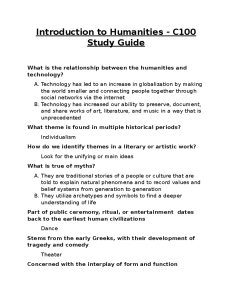Art as Omen encapsulates the profound ability of artistic expression to resonate as a warning during periods of political turmoil. Works like Max Beckmann’s striking self-portrait and Hieronymus Bosch’s intricate masterpieces serve as haunting reflections of the chaos prevalent in their times. In a world where “art in a state of siege” mirrors modern struggles, these pieces allow viewers to confront the duality of beauty and despair. Joseph Koerner’s exploration of such artworks reveals how they function as signals, urging societies to respond thoughtfully to the uncertainties that surround them. Through this lens, art transcends mere aesthetic pleasure, becoming a potent reminder of history’s lessons amid ongoing strife.
The notion of interpreting art as a harbinger reflects an evolving dialogue within the sphere of visual culture. Creative expressions produced in turbulent epochs often encapsulate societal fears and hopes, enabling contemporary audiences to glean insights from their historical contexts. As we examine pieces created during civil unrest, such as those by Bosch and Beckmann, it becomes evident that they capture the essence of a collective psyche in distress. These artistic manifestations, replete with metaphorical significance, serve not only as artistic achievements but as crucial commentaries on the human condition amidst chaos. By delving into the relationship between art and societal upheaval, we can uncover valuable perspectives that inform our understanding of both past and present.
The Role of Art During Political Unrest
Art has always served as a mirror to society, reflecting the tumultuous emotions of its time, particularly during periods of political unrest. Artists like Max Beckmann and Hieronymus Bosch captured the chaos surrounding them, using their work to comment on the socio-political landscape. In the face of war, oppression, and societal upheaval, their pieces evoke a visceral response, prompting viewers to confront uncomfortable truths about humanity and governance. Art becomes not just a representation of beauty but a crucial commentary on the state of civilization, challenging audiences to navigate the complexities of their realities.
For instance, in Koerner’s examination of Bosch’s “The Garden of Earthly Delights,” one can see how the artist questions the very fabric of moral society amidst chaos. The triptych invites a dialogue about paradise, sin, and the existential threat posed by societal collapse. Such artworks are pivotal, serving to articulate the collective anxiety of the populace and prompting reflection on the dire circumstances that can lead to artistic expression during such turbulent times.
Art as Omen: Interpreting Histories Through Lenses of Crisis
The concept of viewing art as an omen, especially in crises, is compelling as it taps into the idea that art transcends its aesthetic value, acting as a harbinger of sociopolitical insight. Joseph Koerner’s work illustrates this beautifully, especially in the analysis of pieces by Bosch and Beckmann, who frame their artworks against the backdrop of historical tumult. Works like Beckmann’s “Self-Portrait in Tuxedo” encapsulate the artist’s perception of personal and societal identity amidst overwhelming disorder. Art transforms into prophetic symbols of both warning and hope, guiding audiences through their fears of the future.
This notion extends beyond mere artistic interpretation; it challenges historians and viewers alike to engage in a deeper understanding of art’s role during times of crisis. Bosch’s imaginative yet sinister compositions serve as warnings of moral decay, evidence of historical attitudes towards societal enemies, and reflections on the human condition under siege. By embracing the idea of art as an omen, we appreciate its power not only to record history but also to shape our understanding of ongoing struggles, encouraging us to seek meaning even amidst chaos.
Examining Bosch’s haunting imagery invites viewers to consider how today’s political climate may parallel past crises, harvesting insights that inform our responses to contemporary issues. Art has an unyielding ability to resonate through time, acting as a conduit for dialogue and understanding as society navigates its darkest challenges.
Max Beckmann: The Voice of Discontent in Art History
Max Beckmann’s contributions to the art world during a time of political strife are remarkable for their intense retrospection and vivid portrayal of turmoil. His self-portrait, among others, epitomizes the struggle between the individual and the societal chaos of the early 20th century. Painted in 1927, during the rise of political extremism in Germany, Beckmann’s striking gaze and compelling presence in his self-portrait demonstrate not just artistry but a poignant commentary on the artist’s role in society. His portrayal reflects not only personal identity but the wider turbulence of a culture under siege, drawing parallels with the modern experience.
By framing his work within the context of art history, Beckmann offers insights into the dynamics of power and resistance, suggesting that the artist bears the responsibility to critique civilization’s failings. His insistence on addressing political discomfort through his art inspires contemporary artists to embrace their societal roles, pushing the boundaries of art as not merely an escape but a means of confronting the political realities of their time. This critical approach to examining Beckmann’s work underscores the importance of appreciating how the artistic voice strives to articulate dissent in a world fraught with uncertainty.
Hieronymus Bosch: Timeless Reflections of Anxiety and Fear
Hieronymus Bosch’s oeuvre serves as an enduring testament to how art can encapsulate the fears and anxieties of its era, particularly during periods of political unrest and moral questioning. His paintings, filled with rich symbolism and intricate detail, compel viewers to decipher complex narratives. “The Garden of Earthly Delights” stands as a prime example of Bosch’s ability to present his audience with both seduction and horror — an exploration of human vice permeated by the underlying specter of sin and chaos. This duality resonates across centuries, inviting reflection on the perennial nature of societal conflict.
Moreover, Bosch’s artistic vision transcends his time, revealing a nuanced understanding of the human condition in the face of existential threats. The depiction of enemies, both internal and external, resonates deeply even today, as audiences grapple with questions of morality and survival. In an age where political landscapes are riddled with division, Bosch’s contemplative approach to art invites viewers to engage with their fears and uncertainties, challenging them to find personal and collective meaning in his work. The way Bosch’s art confronts viewers with uncomfortable truths illustrates the integral role of art in navigating difficult historical narratives and collective consciousness.
The Intersection of Art and Political History
The relationship between art and political history is complex yet integral to understanding human progress. Throughout history, art has often stood as a reaction to governmental oppression, social tension, and war, serving both as a record and a form of resistance. Koerner’s work, particularly in “Art in a State of Siege,” emphasizes how art emerges more vigorously during times of crisis, becoming a means for artists to express dissent and provoke thought. The volatile interplay of art and politics reveals how visual narratives can capture and comment on the prevailing sentiments of any given period, making it indispensable to art history.
Moreover, political unrest often compels artists to assume the role of societal commentators and moral witnesses, as seen in the works of Beckmann and Bosch. These pieces not only reflect the artists’ struggles but also provoke their audience to confront uncomfortable truths about their own realities. This interplay between artist, artwork, and audience underscores the significance of art in shaping and reflecting sociopolitical contexts. As history continues to unfold, the critical examination of art within these frameworks offers invaluable insights and promotes a deeper understanding of our shared human experiences.
Art as a Method of Social Commentary
Art possesses a unique ability to comment on social issues, particularly during turbulent times. In Joseph Koerner’s analyses, artworks like Beckmann’s and Bosch’s are peeled back to reveal layers of meaning that resonate with contemporary audiences. Social commentary in art not only reflects the zeitgeist but also critiques it, offering a lens through which we can explore the implications of political unrest on individual lives and societal structures. Koerner posits that as viewers engage with these pieces, they become part of a dialogue on the moral and ethical dilemmas of their era.
This notion serves as a catalyst for artists today, urging them to carry forward the tradition of using art as a platform for advocacy and discourse. By examining the historical precedents set by past artists, contemporary creators can find inspiration in boldly addressing the pressing issues of their times, using the lessons gleaned from works amidst political turmoil. Art remains a potent force, with the potential to educate and galvanize public opinion, reinforcing its role as an essential component of social introspection and change.
The Impact of Art on Collective Memory
Art plays an essential role in shaping collective memory, particularly regarding historical events marked by conflict and unrest. The works of Bosch and Beckmann serve as reminders of human suffering and resilience in the face of adversity, allowing societies to reflect on their past while informing their present and future. By capturing moments of crisis within their creations, these artists engage viewers in an ongoing dialogue about memory, loss, and the consequences of societal choices. It highlights how art transcends individual experience, encapsulating broader narratives of human history and shared cultural memory.
As we study the art that responds to the struggles of societies, we gain insight into how collective trauma and triumph are preserved through creative expression. Koerner’s “Art in a State of Siege” connects the dots between historical repercussions and contemporary relevance, emphasizing that art remains a vessel for shared memory, transmitting the lessons of the past to future generations. Through this lens, art emerges not only as a record of personal experience but also as a communal archive, preserving the complexities of human existence and evolving identities within a historical continuum.
The Responsibility of the Artist in Times of Crisis
Artists wield significant power, particularly during times of political upheaval. Their capacity to capture the essence of societal discontent places them in a unique position, where they can influence public perception and incite action. Max Beckmann’s self-portrait not only serves as a reflection of personal identity but also embodies the resolve of artists to confront instability and assert the role of creativity in sociopolitical discourse. By intentionally embedding commentary within their work, artists can challenge norms, provoke thought, and foster a sense of agency among viewers.
This responsibility calls for artists to navigate complex ethical landscapes, balancing their roles as creators and commentators. Joseph Koerner’s exploration of art in times of siege emphasizes how the artist’s voice can serve as both a beacon of hope and a mirror reflecting uncomfortable truths. As contemporary artists draw from history, they are reminded of the impact their work can have on society, encouraging them to engage with the political realities of today while remaining mindful of the legacies they inherit from artists like Bosch and Beckmann.
Future Directions in Art History and Crisis Response
As we move into an increasingly complex global landscape, the future of art history is inherently tied to the examination of creative responses to crisis. The dialogues initiated by artists like Bosch and Beckmann serve as foundational texts for understanding how art reflects societal turmoil. They illustrate that art does not merely exist within historical context but actively participates in shaping the narrative of human experience. Scholars and artists alike are tasked with exploring new methodologies that embrace this dynamic, recognizing the role of art in catalyzing social change and fostering a deeper understanding of contemporary challenges.
Moreover, as crises evolve with the changing political climate, so too must the narratives we engage with in art history. The trend of viewing art through the lens of social and political critique continues to gain relevance, pushing boundaries and fostering interdisciplinary dialogue among historians, artists, and activists. By forging connections between historical context and current events, future explorations into art history can reveal the persistent patterns of human behavior and the ongoing struggle to define our identities in the face of adversity.
Frequently Asked Questions
What does the term ‘art in a state of siege’ signify in relation to political unrest art?
The term ‘art in a state of siege’ was coined by artist William Kentridge to articulate how art emerges during periods of extreme political turmoil, where society feels threatened. It reflects how artworks can resonate with viewers, acting as a response to crises akin to those seen throughout art history. This concept emphasizes the dynamic between the work of art and its audience, particularly in times of political upheaval.
How does Max Beckmann’s ‘Self-Portrait in Tuxedo’ relate to the theme of art as omen?
Max Beckmann’s ‘Self-Portrait in Tuxedo’ serves as a powerful example of art as omen, created during a time of political instability in post-WWI Germany. The artwork encapsulates the artist’s view of his role in maintaining societal balance, illustrating that art can serve as both a warning and a signal for action amidst chaos, fitting perfectly into the broader narrative addressing political unrest art.
Why is Hieronymus Bosch considered relevant in contemporary discussions of political unrest art?
Hieronymus Bosch’s works, particularly ‘The Garden of Earthly Delights,’ are often revisited during times of crisis for their complex depiction of sin, chaos, and the human condition. His art acts as a reflection of societal anxieties, making him a pivotal figure in the discourse of art as omen, particularly in relation to political unrest and historical interpretations that resonate with modern viewers.
What insights does Joseph Koerner provide on interpreting art during times of siege?
Joseph Koerner emphasizes that artworks created in times of siege can often reflect the fears and challenges of their eras, allowing the audience to project their own experiences onto these pieces. By examining art as omens within contexts of political unrest, Koerner invites a deeper understanding of how art functions not merely as beauty, but as a powerful commentary on society’s crises throughout art history.
How does Bosch’s portrayal of enemies in his works inform our understanding of political unrest art?
Bosch’s ambiguous depictions of enemies in his works highlight the underlying social and political tensions of his time. By portraying various adversaries—from sin to societal outsiders—Bosch’s art offers insights into the fears and prejudices that fuel political unrest. This theme resonates with contemporary interpretations of political unrest art, as it mirrors current societal conflicts where the notion of ‘the enemy’ is often manipulated.
In what ways do artworks from times of crisis maintain their significance?
Artworks from periods of political unrest retain their significance because they capture the complexities of human experience amidst turmoil. Unlike conventional narratives focused on triumph, these pieces embody the struggles and fears of their creators and audiences, making them timeless reflections of the human condition. Joseph Koerner’s ‘Art in a State of Siege’ explores this notion, revealing how art acts as an enduring commentary on resilience and urgency during crises.
What role does art history play in understanding the impact of artists like Max Beckmann during political unrest?
Art history plays a crucial role in understanding the impact of artists such as Max Beckmann, as it contextualizes their work within the sociopolitical landscape of their time. By studying Beckmann’s art, particularly in the aftermath of WWI, we gain insights into how artists responded to and influenced the dialogue surrounding political unrest, helping to shape our comprehension of art as omen and its role in societal reflection.
How does the relationship between viewer and artwork change in times of upheaval?
In times of upheaval, the relationship between viewer and artwork becomes more immediate and profound, as the artworks can resonate deeply with contemporary anxieties and fears. Joseph Koerner discusses how this dynamic transforms, leading viewers to engage with artworks as not just historical artifacts but as vital commentary and omens that reflect their own crises, thus enhancing the relevance of political unrest art.
| Key Point | Description |
|---|---|
| Art as Omen | Joseph Koerner’s book examines artworks as reflections of political unrest, suggesting they serve as ‘omens’ during troubled times. |
| Hieronymus Bosch | Koerner discusses Bosch as a guide for contemporary crises, transforming the perception of the medieval artist into a relevant figure today. |
| Key Artworks | The book analyzes Bosch’s “The Garden of Earthly Delights,” Max Beckmann’s “Self-Portrait in Tuxedo,” and Kentridge’s animation, linking them to historical political contexts. |
| Art in Times of Crisis | Koerner emphasizes that art from troubled periods reflects not just recovery but the lurking challenges artists and societies face. |
| Legacy of Art | Art’s significance endures beyond triumph; it conveys urgent messages relevant to each generation’s struggles and aspirations. |
| Political Context | The political contexts of the analyzed artworks reveal how art interacts dynamically with viewers and the surrounding sociopolitical climate. |
Summary
Art as Omen emerges as a critical theme in understanding the relationship between artistic expression and political turmoil. Joseph Koerner’s explorations provide not only interpretations of historical pieces but also a lens through which contemporary audiences can view their own crises. By highlighting the significance of art created in turbulent times, Koerner invites us to reflect on how these works continue to resonate, acting as potent signals in our present society.




